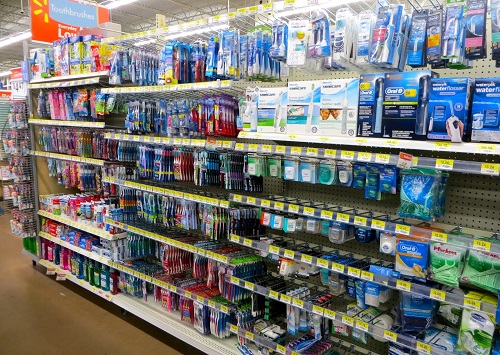It’s coming up on the 3-month mark for your kid’s toothbrush, so you decide to make a quick trip to the corner drugstore for a new one. But when you turn the corner onto the toothbrush aisle, you stop in your tracks. Quick trip? You could spend hours browsing through the different kinds. For such a seemingly simple product (I mean, honestly, some people still brush with a frayed stick, right? How complex can it be?!), it’s easy to get overwhelmed with the choices.
Tips for Choosing Your Child’s Toothbrush
Size. A child’s mouth is smaller than an adult’s, so it only makes sense to choose a smaller toothbrush. For this reason, many companies include age guidelines on their packaging. The general size is 1” long and ½” wide.
Bristles. Unless otherwise instructed by your dentist, always choose a soft-bristled toothbrush. Medium- and hard-bristled toothbrushes could actually cause damage to your enamel and gums.
Manual vs. Electric. Whether battery-operated or not, either type of toothbrush can get the job done. (And on the flip side, either type of toothbrush, if not used properly, can do a bad job also.) However, powered toothbrushes are better for people who need assistance with brushing thoroughly. Kids generally lack the manual dexterity to clean all of their teeth well until about 6 or 7 years old, so an electric toothbrush could help.
Large grip. Again, since kids lack the manual dexterity to brush their teeth thoroughly until a later age, it’s better to opt for a larger grip to help them out.
Take advice from the experts. Your pediatric dentist should have recommendations for a toothbrush that has undergone rigorous quality control tests for effectiveness and safety. The American Dental Association also stamps toothbrushes that pass their tests with their Seal of Approval.


Comments are closed